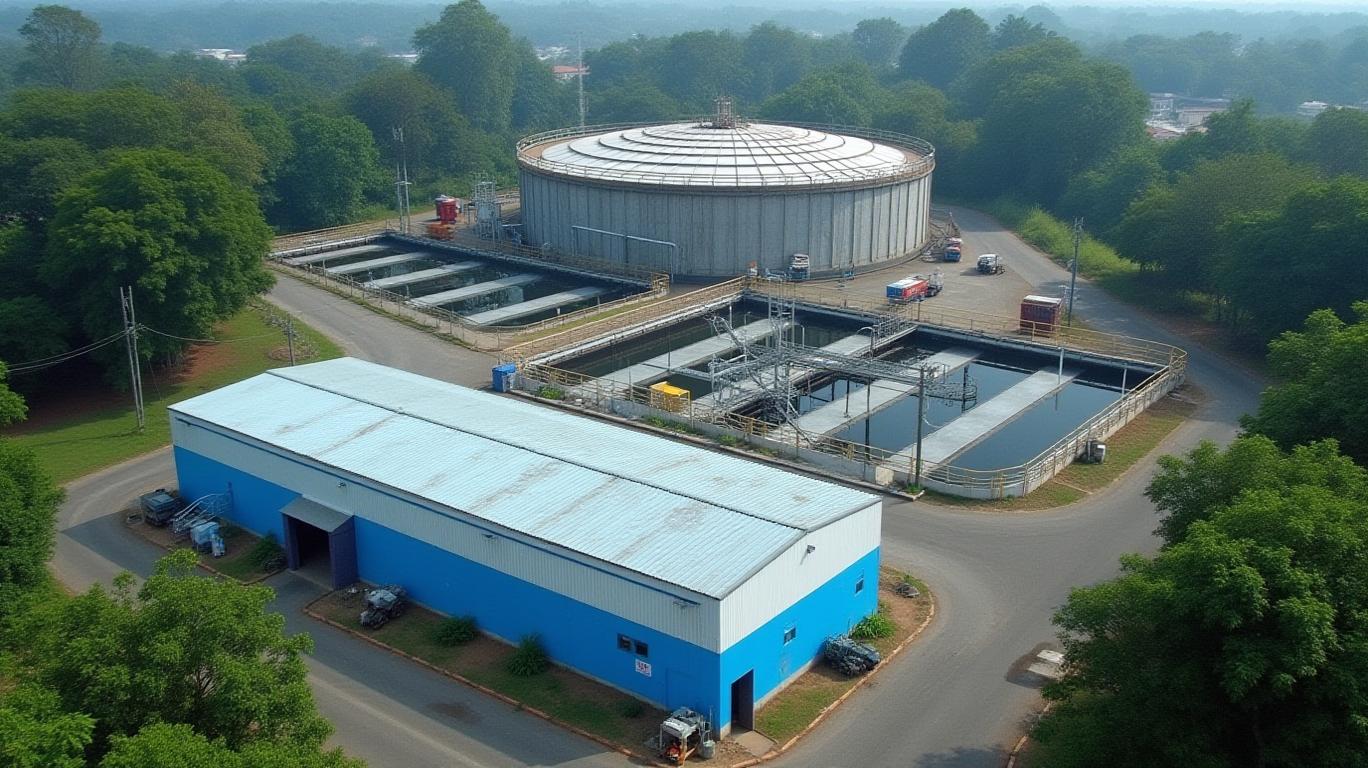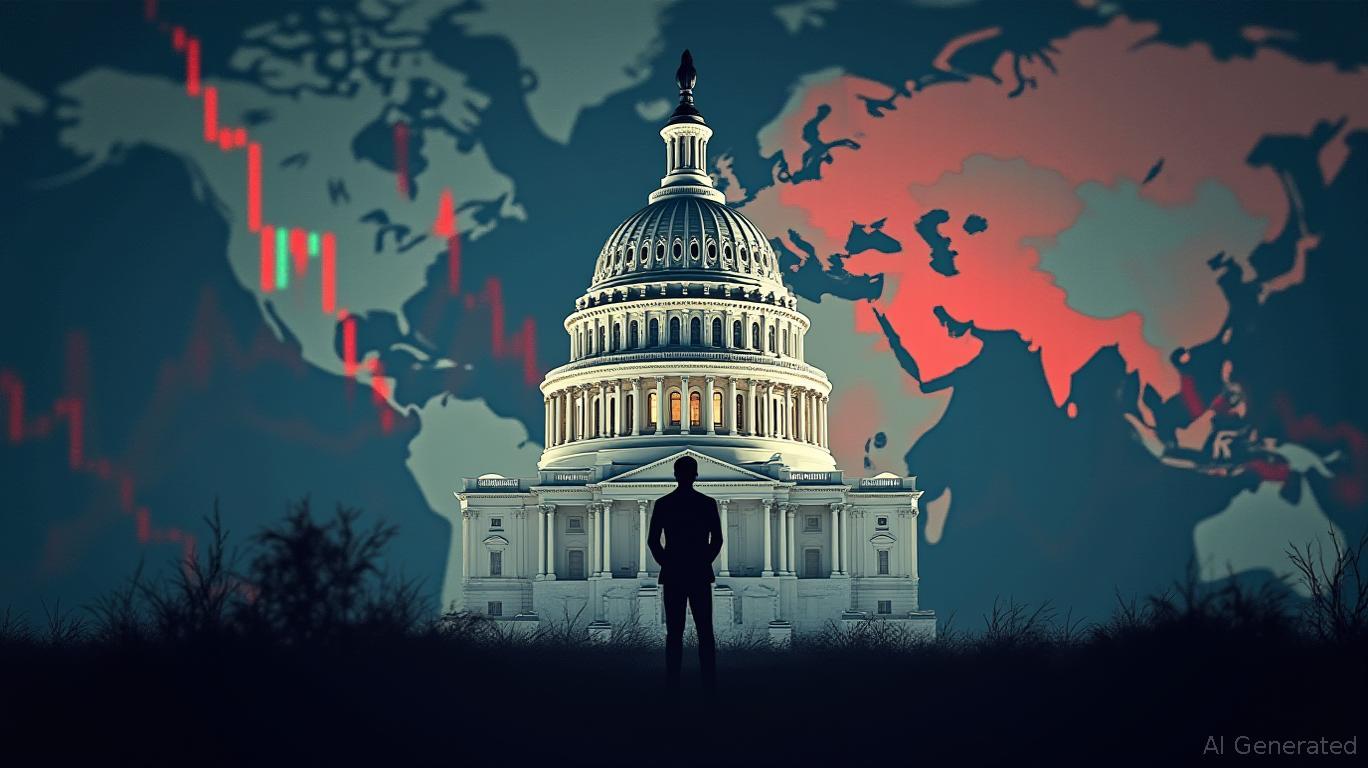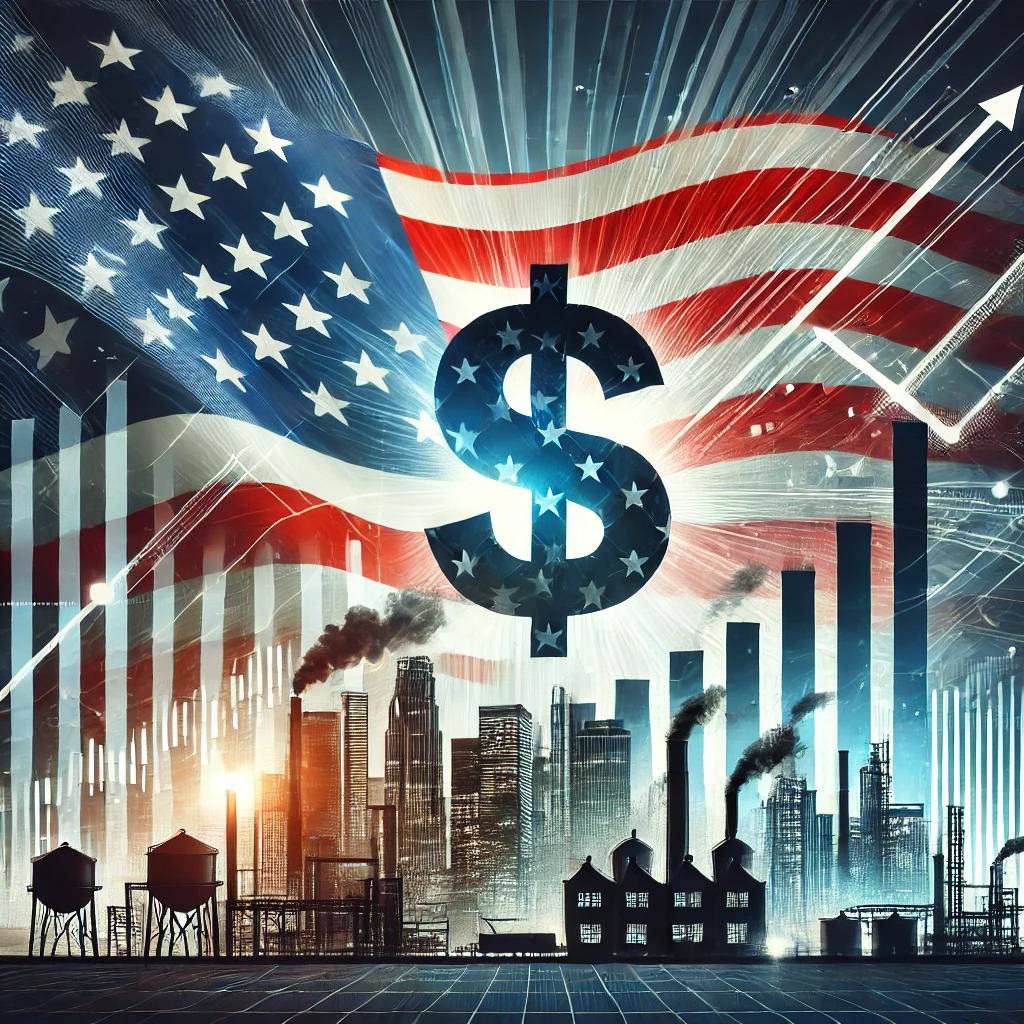SANEPAR's Q1 Surge Masks a Brewing Storm: Why Caution Trumps the Undervalued Narrative

The Q1 2025 results for Companhia de Saneamento do Paraná (SAPR3) present a paradox: a company trading at 15.7% below its estimated fair value while facing a projected 23.8% annual earnings decline over the next three years. This valuation divergence creates a compelling case for investors to tread carefully. While SAPR3’s operational efficiency and cost-cutting prowess shine in the near term, systemic risks—including regulatory uncertainty and unstable dividends—paint a cautionary tale for the long haul. Let’s dissect why the risk-reward asymmetry here tilts heavily toward the latter.
Ask Aime: Companhia de Saneamento do Paraná (SAPR3) Q1 2025 results reveal a company trading 15% below fair value and facing a 23.8% annual earnings decline over the next three years. How should investors approach this situation?
The Q1 Surge: Operational Brilliance or One-Off Gains?
SAPR3’s first-quarter results were undeniably robust. Net profit surged 218% year-on-year to R$1.2 billion, fueled by a strategic pivot to the free energy market (cutting energy costs by 25%) and a voluntary dismissal plan that reduced labor expenses. Revenue grew 6.3%, and the company’s 34.13% net profit margin underscores its profitability.
Ask Aime: Should I buy/sell SAPR3 now?
But beneath the surface, red flags emerge. The earnings spike was partly driven by one-off gains, including R$170 million paid to settle labor lawsuits—a non-recurring event. Meanwhile, third-party service costs surged 71.4%, and the default rate rose to 2.8%, signaling potential cash flow strains. These metrics hint at a company leveraging short-term fixes while grappling with structural inefficiencies.
The Undervaluation Conundrum: A Trap or Opportunity?
At a P/E of 3.7x and a P/S of 1.3x, SAPR3’s valuation appears tantalizingly cheap relative to its peers. The Snowflake Score’s 4/6 valuation grade reflects this, citing strong profit margins and manageable debt (50.9% debt-to-equity ratio). Yet, this undervaluation is not a free lunch. The same score assigns a 0/6 rating to future growth, citing regulatory hurdles and rising operational costs as existential threats.
The core issue lies with Agepar, Brazil’s water and sewage regulator. SAPR3’s ability to secure tariff adjustments hinges on resolving a decades-old dispute over the “rate of payment gains” (R$4.2 billion in legacy obligations). Without clarity on how these liabilities will be settled—and how tariffs will be adjusted—the company’s cash flows remain hostage to bureaucratic delays.
Risk-Reward Asymmetry: The Math of Caution
The risk-reward calculus here is stark. While the stock’s current price of R$5.94 offers a 4.8% dividend yield, GuruFocus’ 6 red flags—including unstable dividends and declining earnings—highlight execution risks. Even the Snowflake Score’s 4/6 dividend grade is tempered by SAPR3’s history of erratic payouts, which depend on volatile earnings and lawsuit settlements.
Investors must ask: What’s the upside if everything goes right? Even if SAPR3’s valuation gap closes, the stock’s 1-year return of 11.7% already underperformed the BR Water Utilities sector’s 35.8% gain. Conversely, the downside is severe. A prolonged tariff dispute or further default rate increases could trigger a collapse in confidence, especially given the 23.8% annual earnings decline forecast.
The Bottom Line: Monitor, Then Act
This is not a “buy now” story. SAPR3’s valuation discount and dividend yield create allure, but the risks—regulatory, operational, and financial—are too pronounced to justify a blind leap. Investors should wait for three critical milestones:
- Tariff Resolution: Clear Agepar approval of tariff adjustments that offset rising costs.
- Stable Earnings: Evidence that the 23.8% earnings decline forecast is too pessimistic, driven by recurring revenue growth.
- Dividend Reliability: A track record of stable payouts beyond one-off lawsuit settlements.
Until then, the asymmetry favors caution. SAPR3’s Q1 surge is a fleeting victory in a marathon of regulatory and operational challenges. For now, strategic patience is the wisest strategy.











